Imagine, if you will, stepping into a narrow alley in the heart of Naples, where the air hums with the chaos of scooters and the faint scent of espresso mingling with sea salt. And there, tucked away on Via Francesco de Sanctis, just a stone’s throw from the grand Church of San Domenico Maggiore, stands a modest facade that belies the wonders within.
This is the Sansevero Chapel, or as the locals once called it, the Pietatella—a tiny temple of marble and enigma that has captivated artists, alchemists, and the merely curious for over three centuries. It’s not a vast cathedral or a sprawling basilica, but a single, jewel-box room where art and illusion collide.
To understand this place, we must begin not with the chisel or the fresco, but with a man whose life reads like a fever dream of the Enlightenment: Raimondo di Sangro, the Seventh Prince of Sansevero.
Born in 1710 into one of Naples’ oldest noble families, Raimondo was no ordinary aristocrat. He was a polymath in an age that prized such souls—a soldier, a scholar, an inventor, and, whisper it softly in the shadow of the Vatican, a Freemason and alchemist. Educated in the rigid halls of Jesuit schools, he devoured books on everything from hydraulics to hermetic philosophy, corresponding with Voltaire and crafting machines that could write in multiple languages or fire cannonballs without powder.
Yet beneath this brilliance lurked a darker allure: rumors of occult rituals, of elixirs that promised eternal life, and of a printing press that churned out forbidden treatises until the Church forced its closure in 1751.
Raimondo inherited the chapel from his ancestors in the early 1740s, transforming it from a simple family tomb into his grand opus. He poured his fortune into it, commissioning works that blended Catholic piety with Masonic symbolism, turning a burial site into a manifesto for the enlightened mind.
Cultural Canvas is a reader-supported publication. Every like, comment, share, and donation helps us grow—your support truly matters!
Step inside, and the first thing that strikes you is the intimacy. The space is compact, almost claustrophobic—perhaps 20 meters long, with walls that press in like conspirators sharing a secret.
Overhead, Francesco Maria Russo’s 1749 fresco unfurls in a riot of Rococo exuberance: The Glory of Paradise, a swirling cosmos of angels and saints bathed in golden light, where clouds part to reveal the divine order.
But look closer at the central dove, encircled by a radiant triangle— an alchemical nod to the Trinity, or perhaps the Masonic eye of providence, winking down on those who know how to read between the heavens.
Beneath your feet, the floor, remade in 1901 but echoing Raimondo’s original design, forms a black-and-white labyrinth, a Masonic maze symbolizing the initiate’s journey from darkness to illumination.
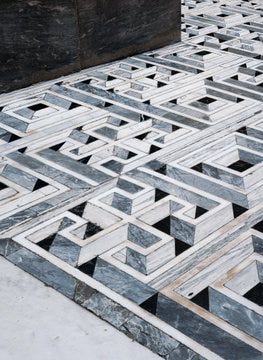
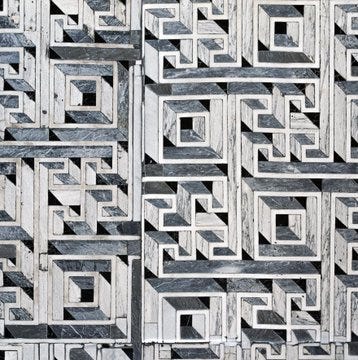
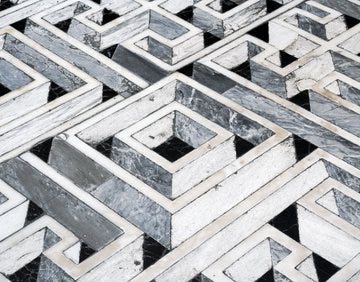
It’s as if the chapel itself is a puzzle, daring you to solve it. Yet it is the sculptures that elevate this place from curiosity to revelation.
Along its perimeter, ten allegorical statues stand like sentinels of the soul—each carved in marble between 1757 and 1766, each embodying a virtue or philosophical ideal that Raimondo di Sangro believed essential to the moral and spiritual evolution of humankind. These are active participants in the chapel’s metaphysical dialogue, guiding the viewer through a labyrinth of Enlightenment values, Catholic devotion, and Masonic symbolism.
Religious Zeal by Fortunato Onelli: An elderly man, stern and resolute, holding the Light of Truth in one hand and a lash in the other—ready to punish sacrilege. Beneath his feet lies a book from which serpents of heresy emerge, symbolizing the triumph of orthodoxy over false doctrine. A putto with a torch furthers the destruction of heretical texts, while two other puttini lift a medallion portraying two women in profile, whose fervent devotion anchors the composition.
Liberality by Francesco Queirolo: Draped in flowing robes, she holds a cornucopia brimming with gold and jewels—abundance sculpted in marble. In her other hand, coins and a compass rest gently, symbols of generosity guided by wisdom. Her expression is serene, her posture composed: this is giving not from obligation, but from equilibrium and grace. At her side, an eagle gazes skyward, evoking strength and the clarity to face the sun.
Modesty by Antonio Corradini: Dedicated to Raimondo di Sangro’s mother, Cecilia Gaetani dell’Aquila d’Aragona, this sculpture is a masterclass in illusion and restraint. Draped in a translucent veil carved from marble, the figure embodies purity and introspection. The veil clings to her form with impossible delicacy, revealing not grief but grace—an invitation to contemplate virtue, mortality, and the fragile boundary between appearance and essence. As Corradini’s final work before his death, Modesty stands as a quiet triumph of technique and emotion, where stone becomes breath and silence becomes revelation.
Disillusion by Francesco Queirolo: A tribute to Raimondo di Sangro’s father, this sculpture depicts an aged man entangled in a fisherman’s net, guided to freedom by a winged youth—an allegory of reason or divine enlightenment. The net, astonishingly carved from a single block of marble, is so intricate that legend claims Queirolo softened the stone with milk and emery to chisel its threads. Whether myth or mastery, the result is a triumph of technique and metaphor: the soul’s release from the snares of ignorance, and the ascent toward truth.
Sweetness of the Marital Yoke by Paolo Persico: Dedicated to Gaetana Mirelli, wife of Raimondo’s eldest son, this allegory portrays a woman holding a feathered yoke and two flaming hearts—symbols of gentle obedience and deep mutual love. At her feet, a putto plays with a pelican, a medieval symbol of charity and sacrifice.
Sincerity by Francesco Queirolo: This allegory was dedicated to Carlotta Gaetani, wife of Raimondo di Sangro. The serene female figure holds a heart in her left hand and a caduceus in her right, representing peace, reason, and the Hermetic union of opposites. At her feet, a finely carved putto plays beside two doves, emblems of purity, marital fidelity, and alchemical transformation.
Self-Control by Francesco Celebrano: A Roman soldier taming a lion with a chain—his gaze steady, the beast subdued. It symbolizes strength of character. Two putti and a medallion bearing Geronima’s profile complete the composition. Though based on a model by Queirolo, Celebrano’s execution leans toward decorativism and lacks emotional depth. Raimondo di Sangro himself noted in his will that he wished this piece to be redone by a more skilled artist.
Education by Queirolo: A woman instructs a child, embodying the virtue of moral formation. On the pedestal, the Latin motto reads: Educatio et disciplina mores faciunt—“Education and discipline form good behaviour.” The child, attentive and engaged, holds Cicero’s De officiis, a classical guide to ethical conduct.
Decorum by Antonio Corradini: A youth draped in lion skin stands beside the beast’s head—symbolizing reason’s triumph over instinct. His mismatched footwear, a buskin and a clog, suggests duality: celestial and earthly realms. The column reads Sic floret decoro decus— “Thus nobility shines in its decorum.”
Divine Love: A cloaked youth gazes heavenward, holding a flaming heart—symbol of spiritual devotion. Originally sculpted by Michelangelo Naccherino for Paolo di Sangro’s tomb, it was later reworked, likely by Queirolo. Praised for its simplicity, it blends Renaissance origin with Enlightenment reinterpretation.
Together, these ten allegorical statues form the chapel’s moral architecture—a gallery of Enlightenment ideals rendered in marble. They speak of restraint, generosity, sincerity, and divine love—ideals that reflect Raimondo’s belief in the transformative power of virtue, reason, and enlightened faith.
And then, at the altar, resides the chapel’s undisputed sovereign: Giuseppe Sanmartino’s Veiled Christ (1753).
Oh, to stand before it is to witness a miracle wrought by human hands.
Christ lies reclined in death, his body a study in quiet agony yet covered by a shroud so ethereally thin that every sinew, every vein, presses through as if the marble were but a breath. The toes curl faintly, the ribs heave in remembered torment, even the punctuation of crucifixion—the nails’ scars—gleams beneath the fold.
Sanmartino, a young Neapolitan sculptor then just 23, outdid his predecessor Corradini’s model, carving from a single block of white Carrara what many call the finest sculpture since antiquity. Whispers persist that alchemy was at play here—that Raimondo, with his forbidden knowledge, draped a real cloth over a waxen Christ and petrified it with some metallizing elixir.
It’s a delicious myth, born of the prince’s reputation, but modern eyes see only genius: Sanmartino’s chisel, honed to a razor’s edge, capturing light’s caress on stone. Stand there long enough, and the veil seems to dissolve, inviting you to confront mortality’s quiet terror and beauty.
But the chapel’s secrets don’t end at the surface.
Descend the stairs to the crypt, in a vaulted chamber, and here await the “anatomical machines”—two eerily lifelike figures commissioned by Raimondo around 1760 from the physician Giuseppe Salerno. A man and a pregnant woman stand posed in eternal vigil, their skins flayed to reveal skeletons entwined with a vascular web of crimson arteries and sapphire veins. For centuries, these were hailed as proto-plastination, proof of “human metallization”—injecting metal salts into cadavers to preserve them forever, a dark echo of the prince’s alchemical quests.
Horror stories abounded: tales of slaves or innocents sacrificed, their bodies flooded with mercury until petrified in agony.
The Church thundered against it, and after Raimondo died in 1771, his family—under threat of excommunication—burned his manuscripts, erasing much of his legacy.
Yet science has since demystified the horror: X-rays in the 20th century revealed not metal, but beeswax tubes over iron wire and silk threads, meticulously modeled on dissected cadavers. They are, in truth, exquisite fakes—pedagogical tools for anatomy’s study, blending art and empiricism in Raimondo’s Enlightenment vision. They remind us that the prince sought not just to immortalize the body, but to map the soul’s hidden architecture.
Why does this place endure?
The Sansevero Chapel insists on presence—the slow unraveling of its veils demands time, patience, the quiet awe of unmediated encounter. It’s a microcosm of Naples itself: layered, labyrinthine, equal parts sacred and profane.
Here, faith and reason entwine like those waxen vessels; the divine peeks through human frailty.
Raimondo di Sangro, that enigmatic prince, built not a mausoleum, but a mirror reflecting our own quest for truth beneath the shrouds we wear.
If you find yourself in Naples, book your slot well in advance (the chapel limits visitors to preserve its intimacy). Trace the labyrinth with your step; linger before the Christ until the veil blurs your tears. In this forgotten corner of the world, you’ll discover not just art, but a whisper from the 18th century: that mystery is the truest form of revelation. And in that moment, Naples—and perhaps the universe—will feel a little less veiled.
Thank you for being part of Cultural Canvas! If you love what we do, consider supporting us to keep it free for everyone. Stay inspired and see you in the next post!


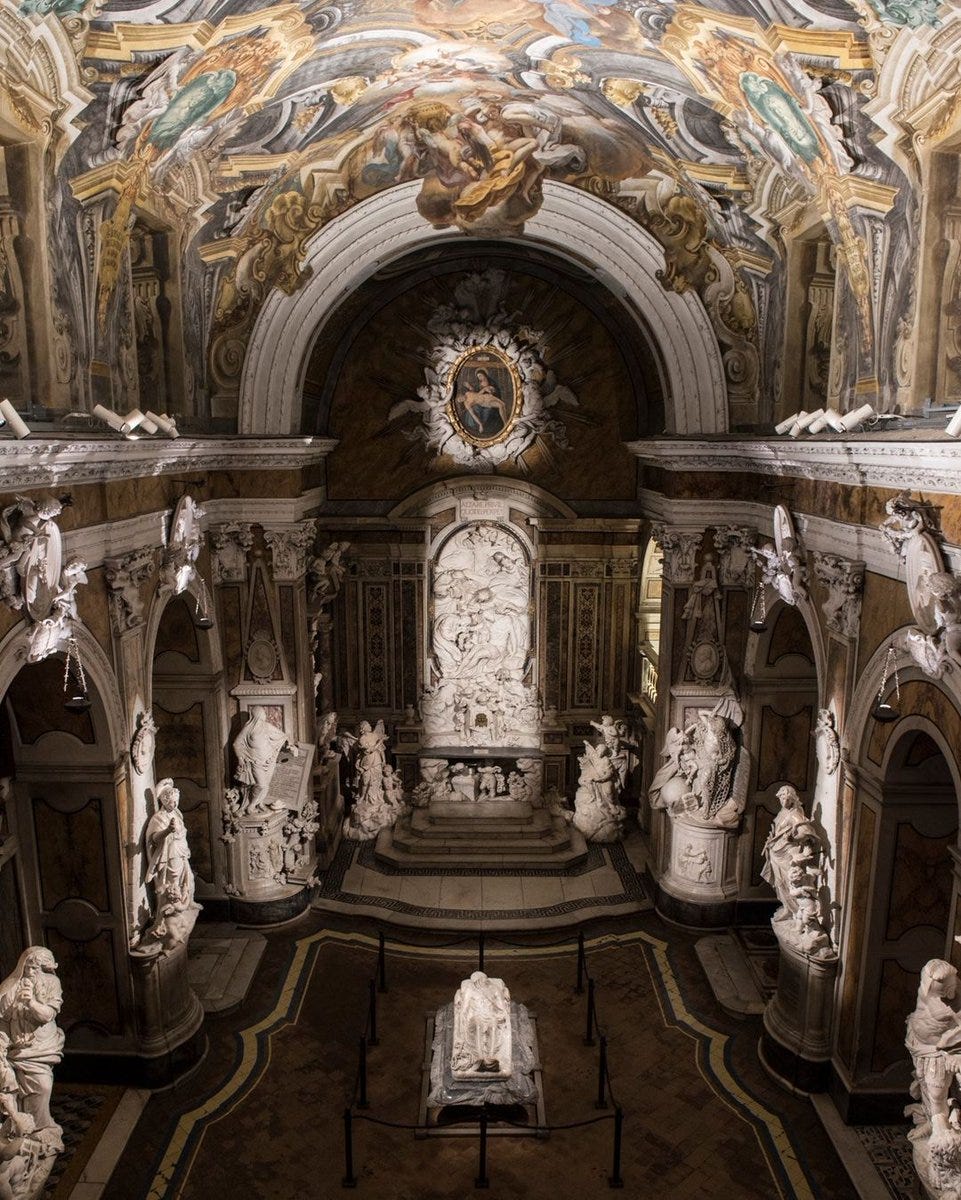
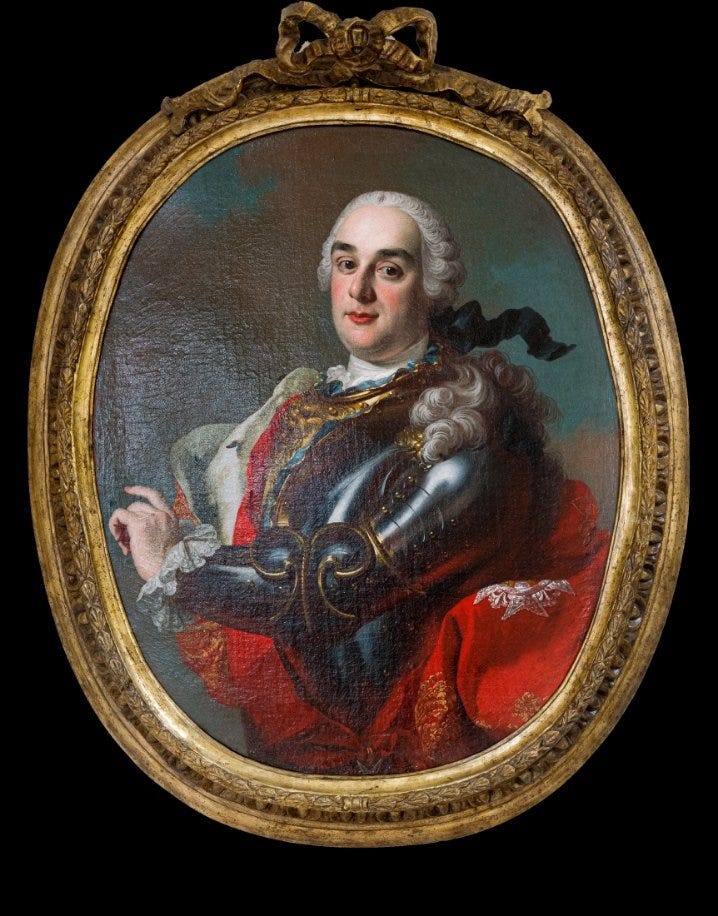
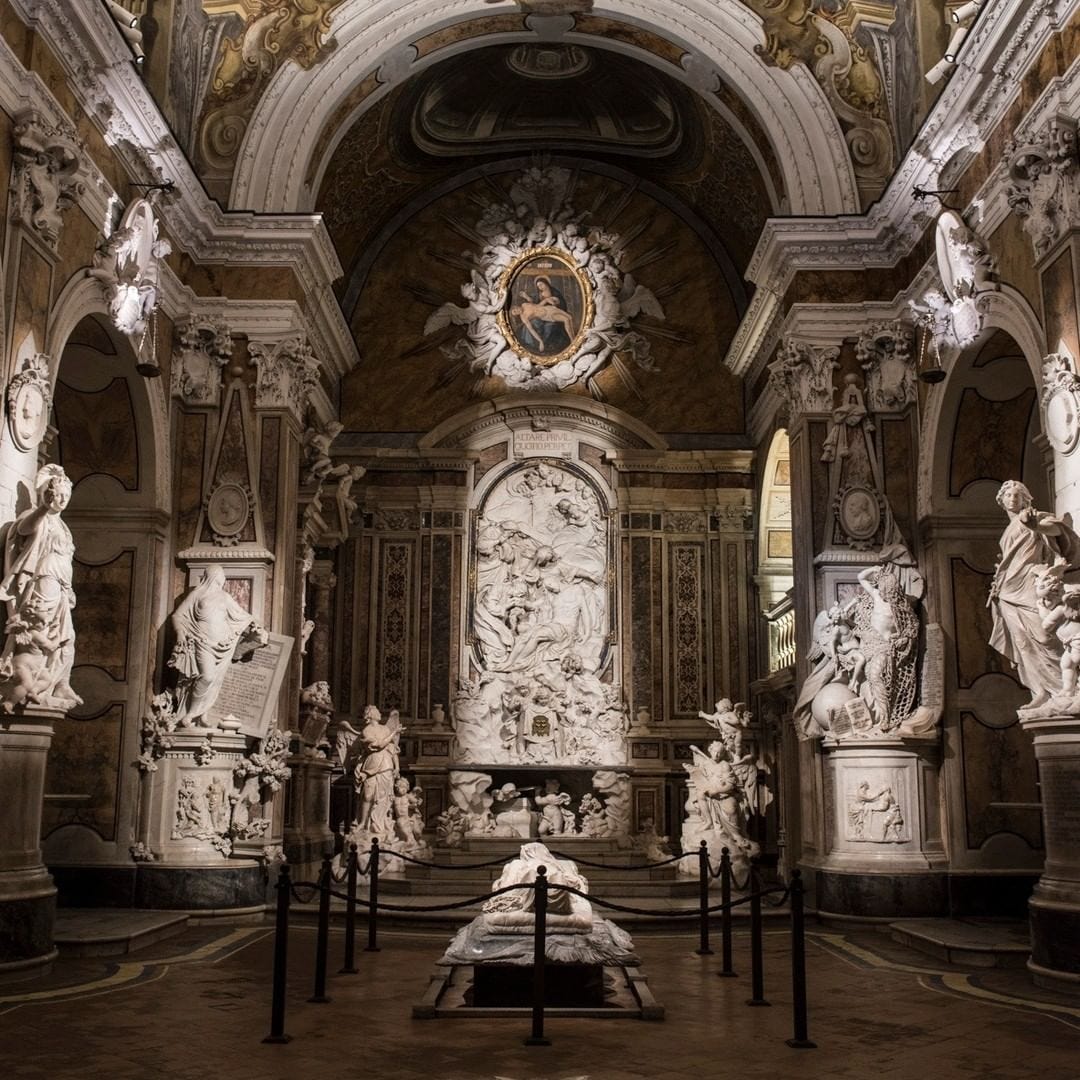
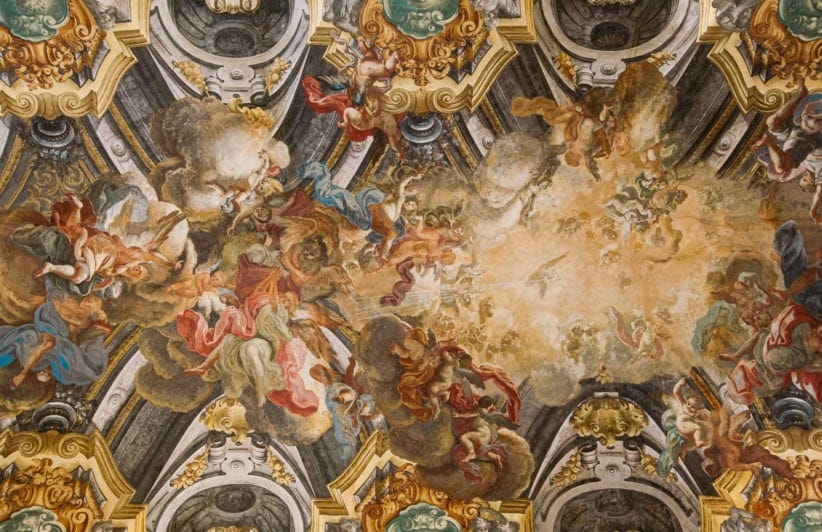
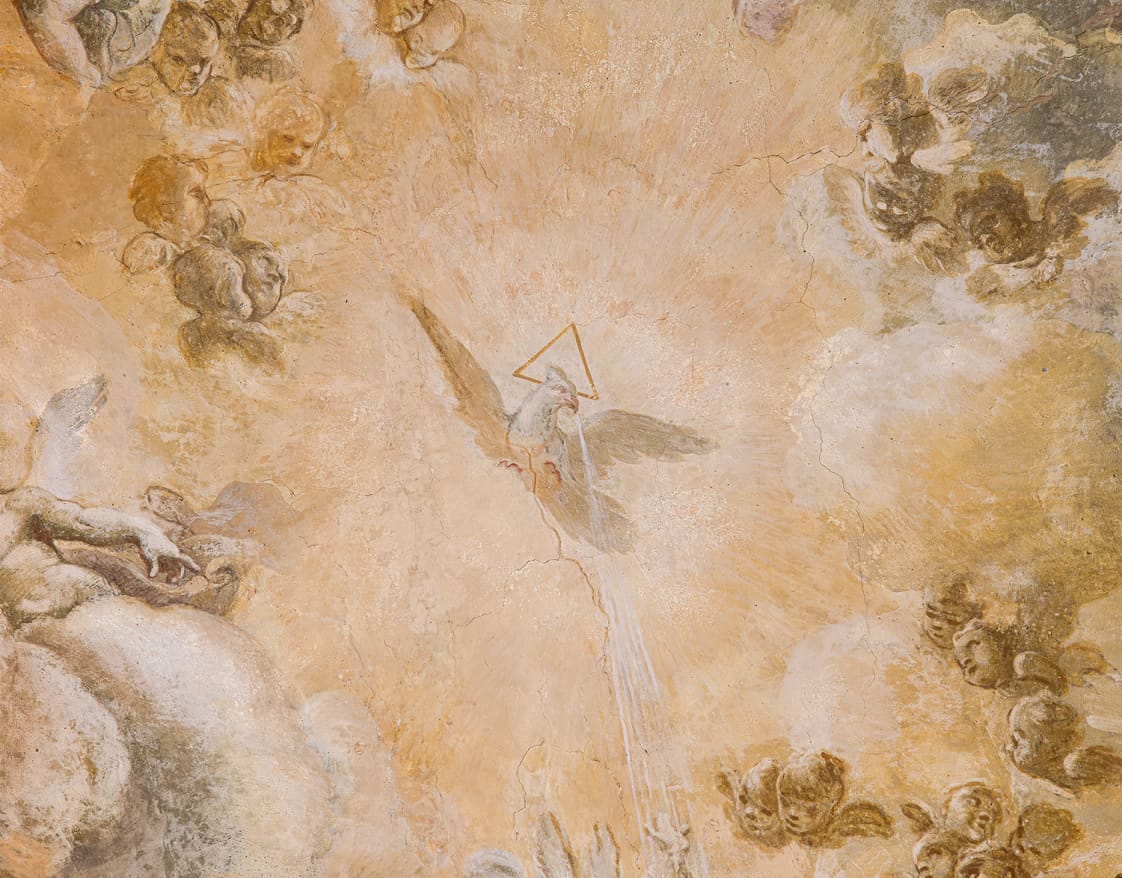
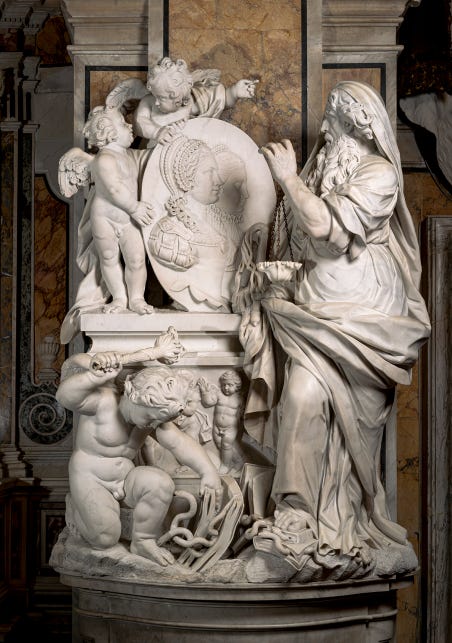
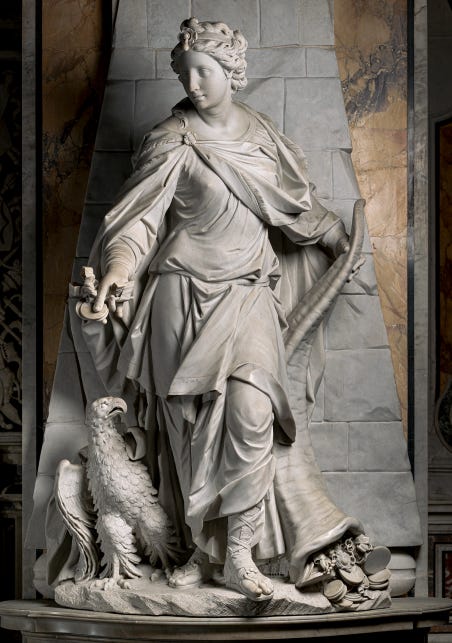

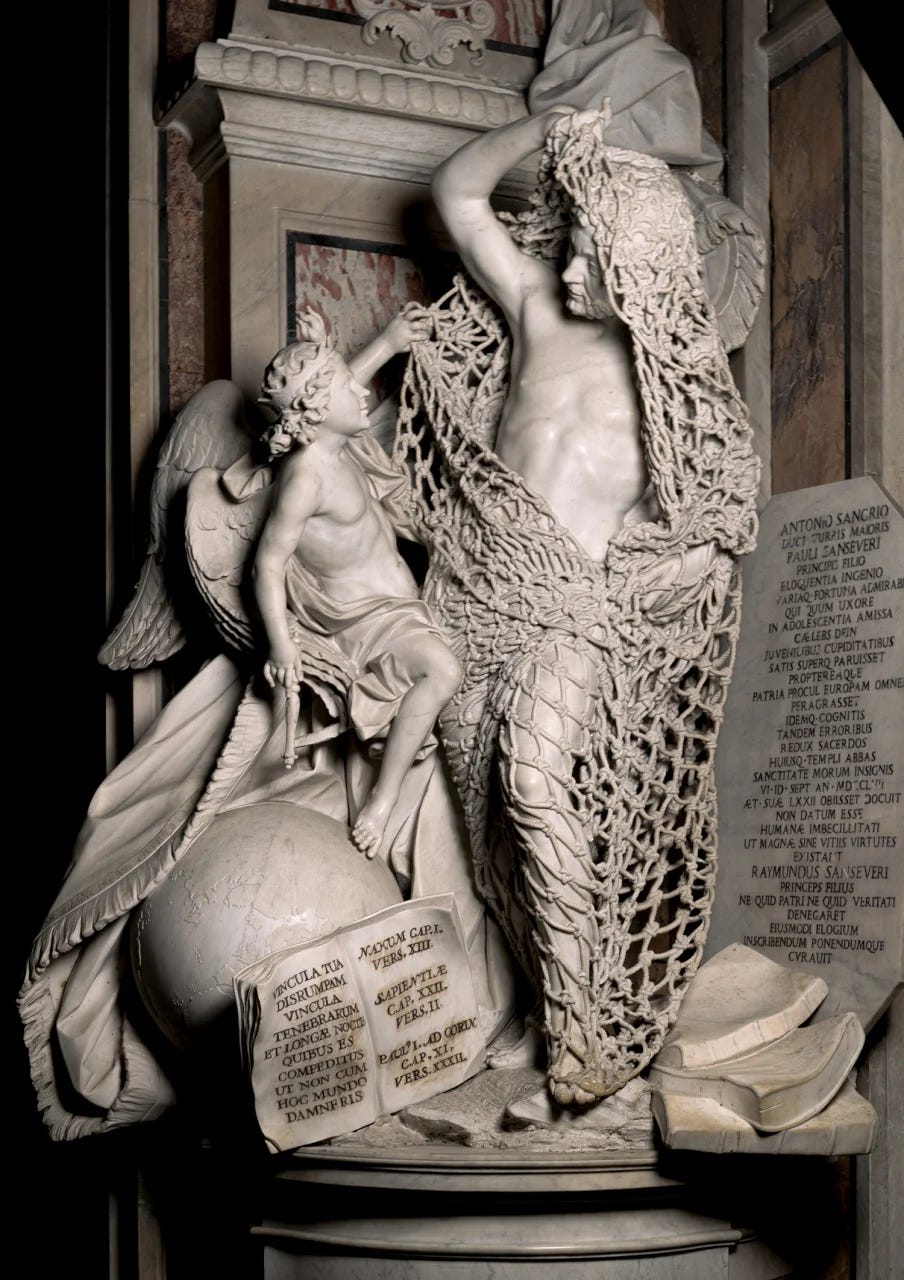
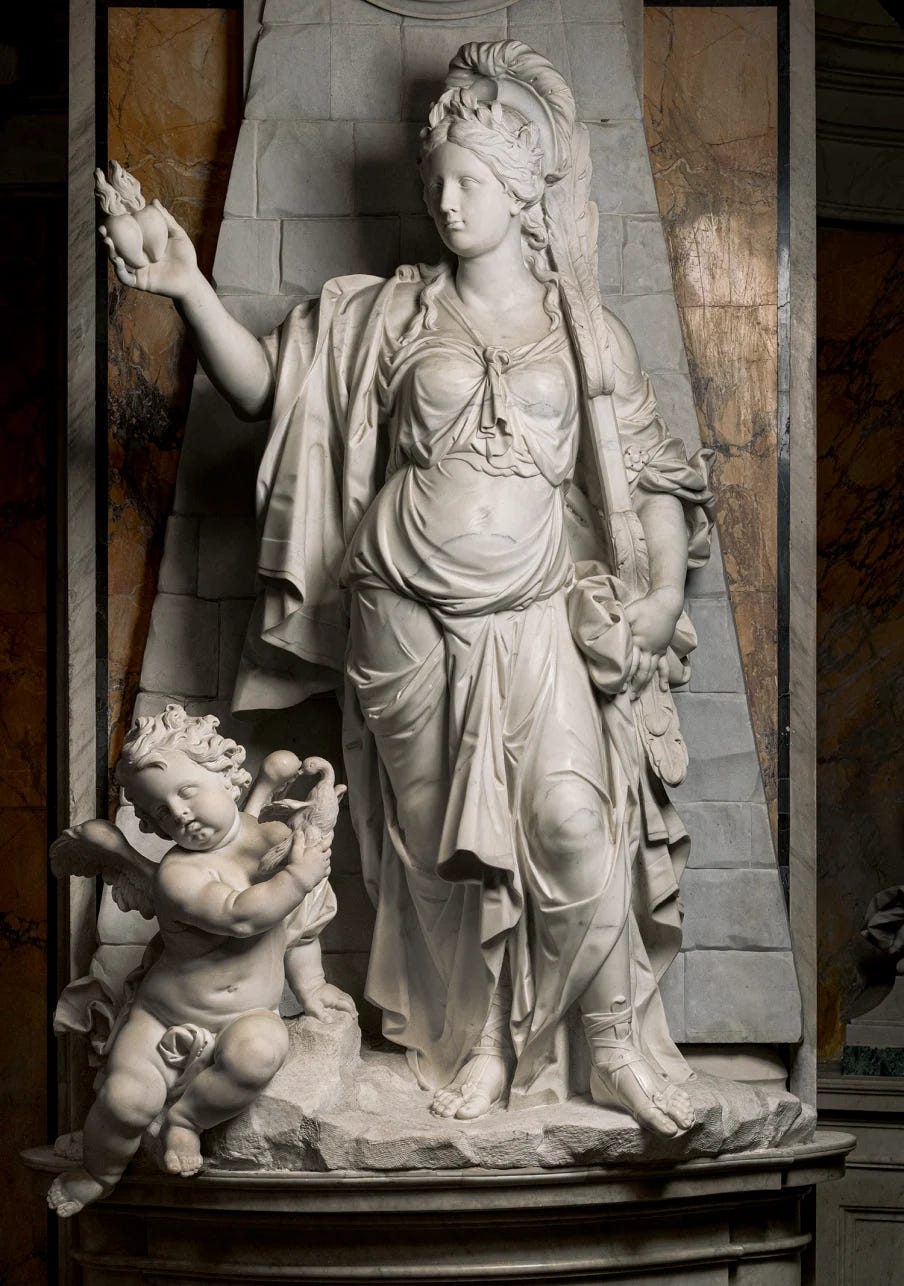
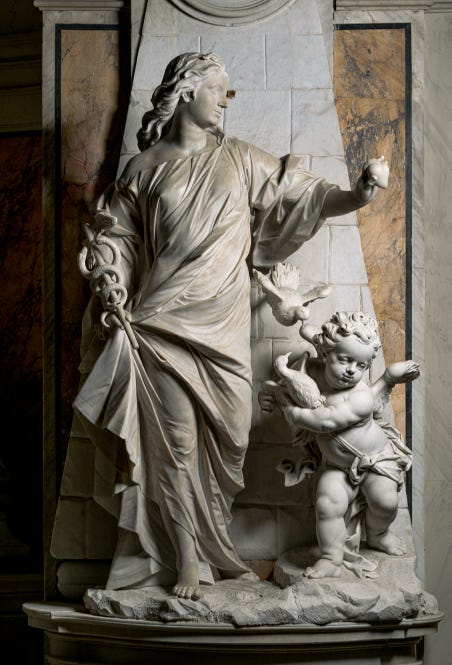

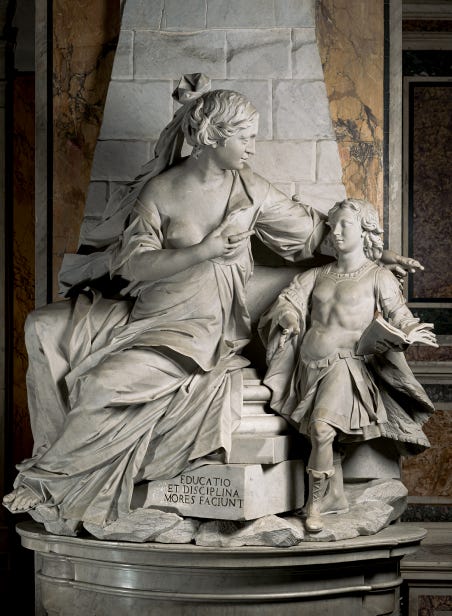
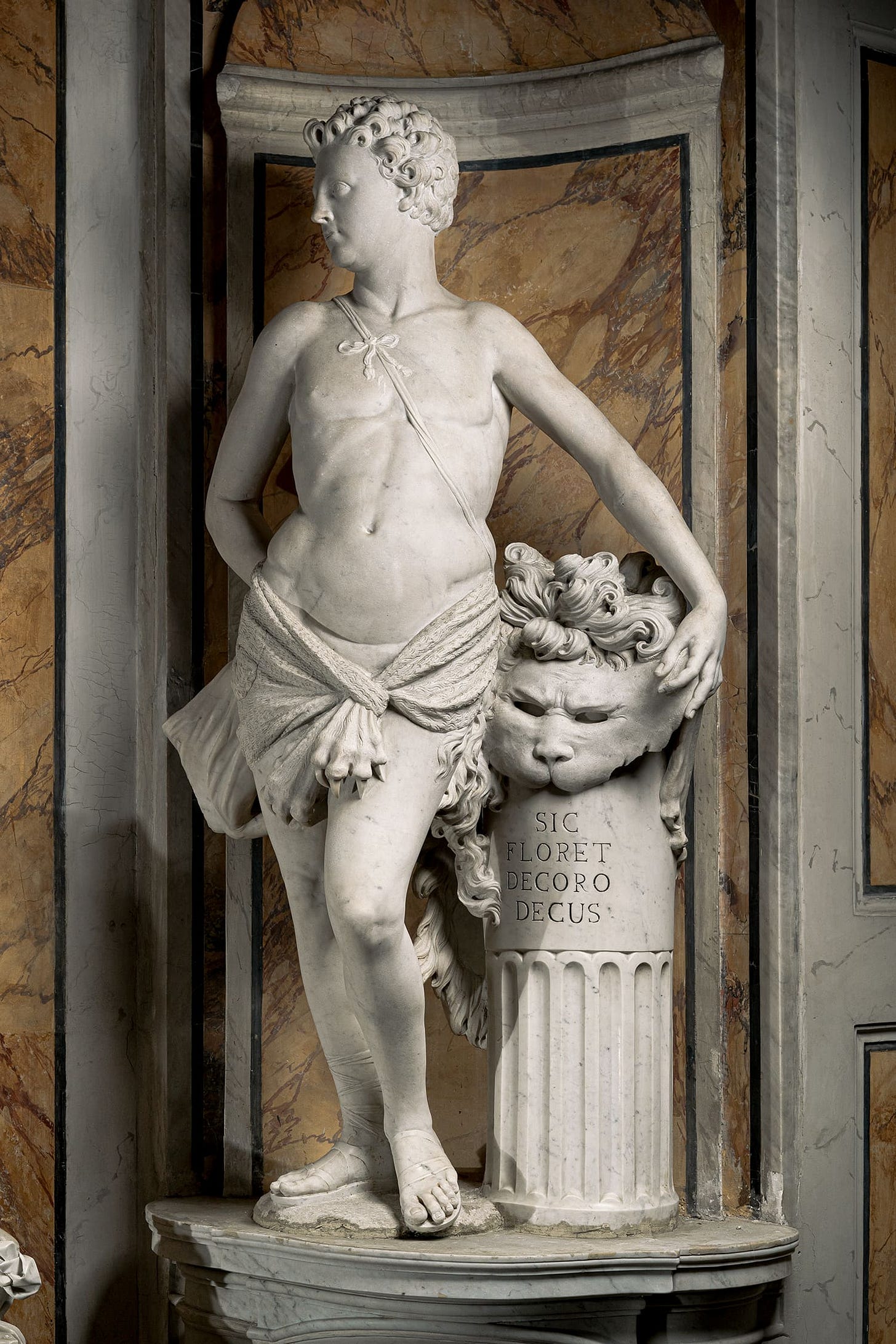
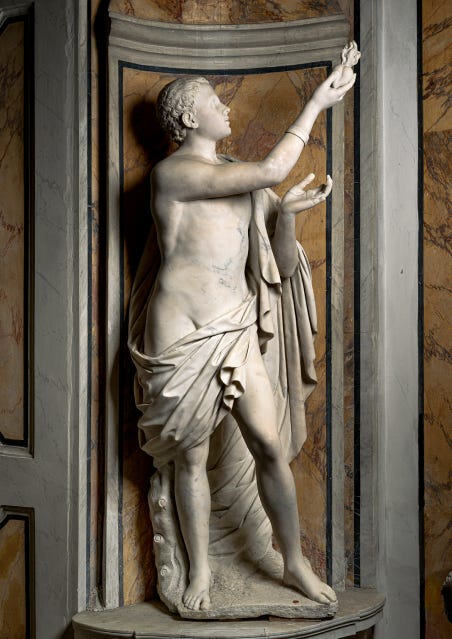
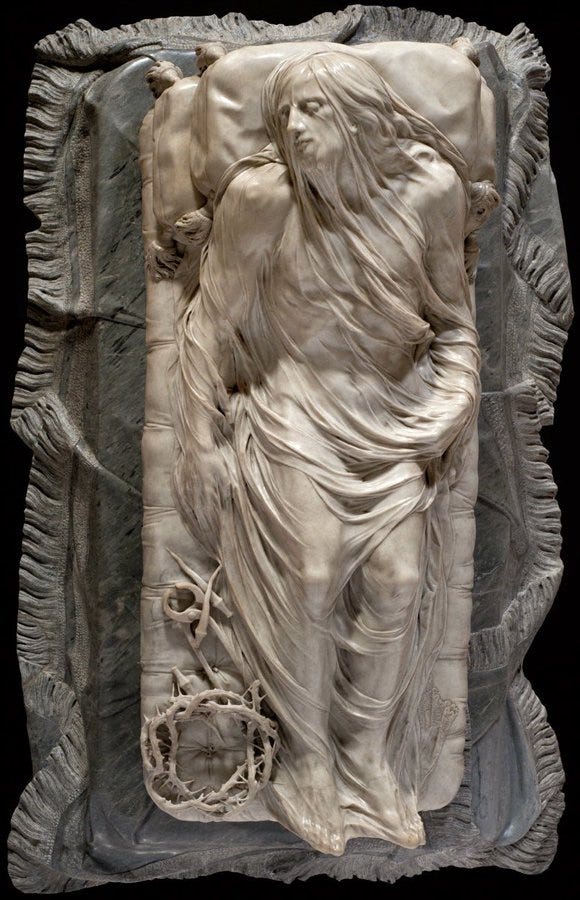
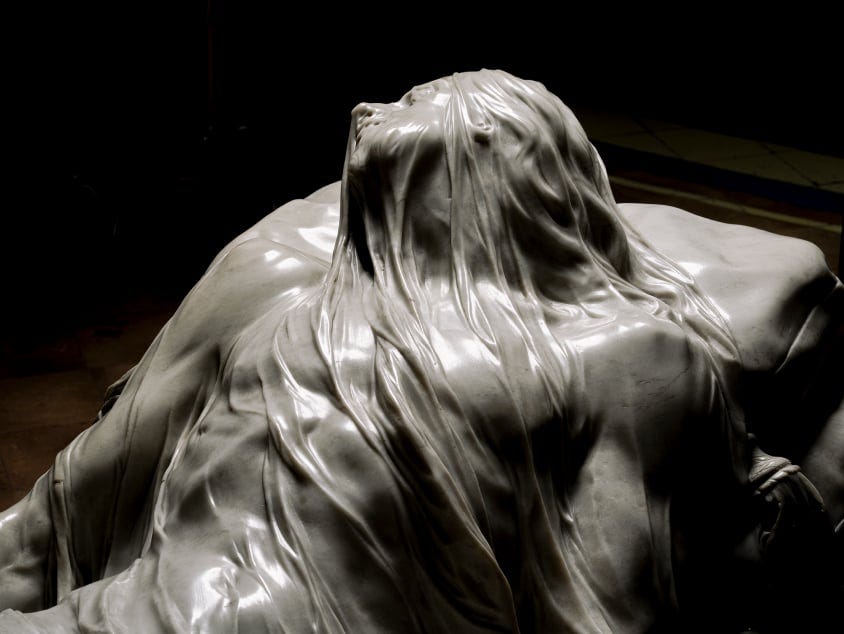
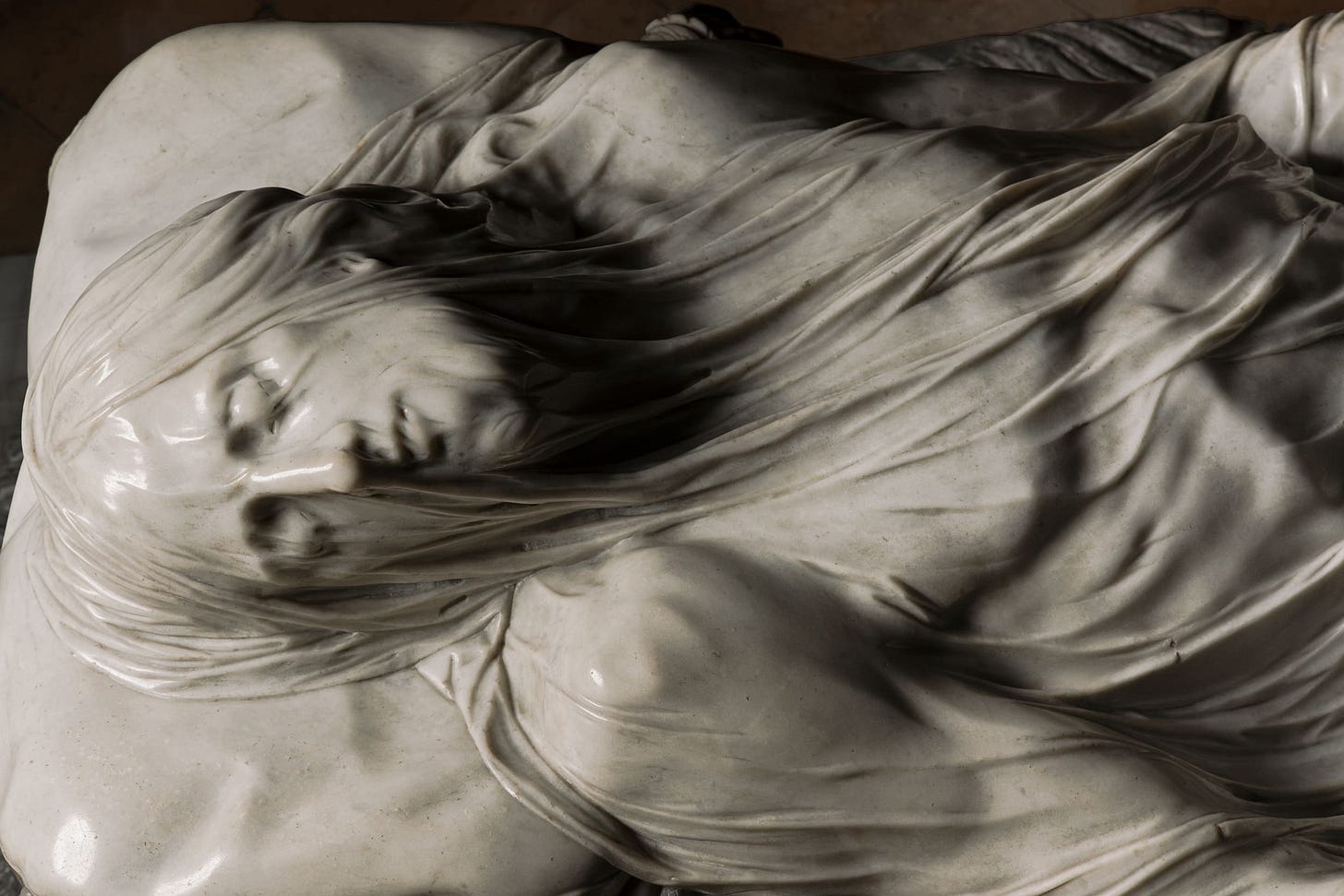

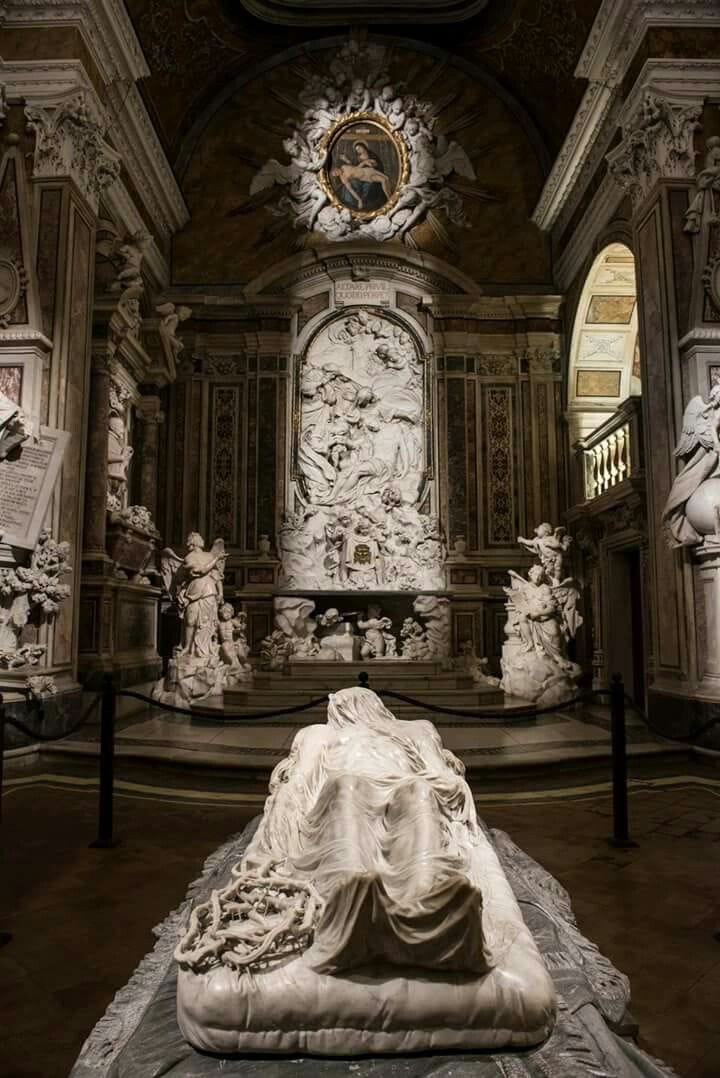

Wow! ❤️
Definitely on my bucket list to visit the Sansevero Chapel next time I’m in Naples.